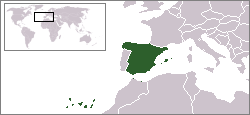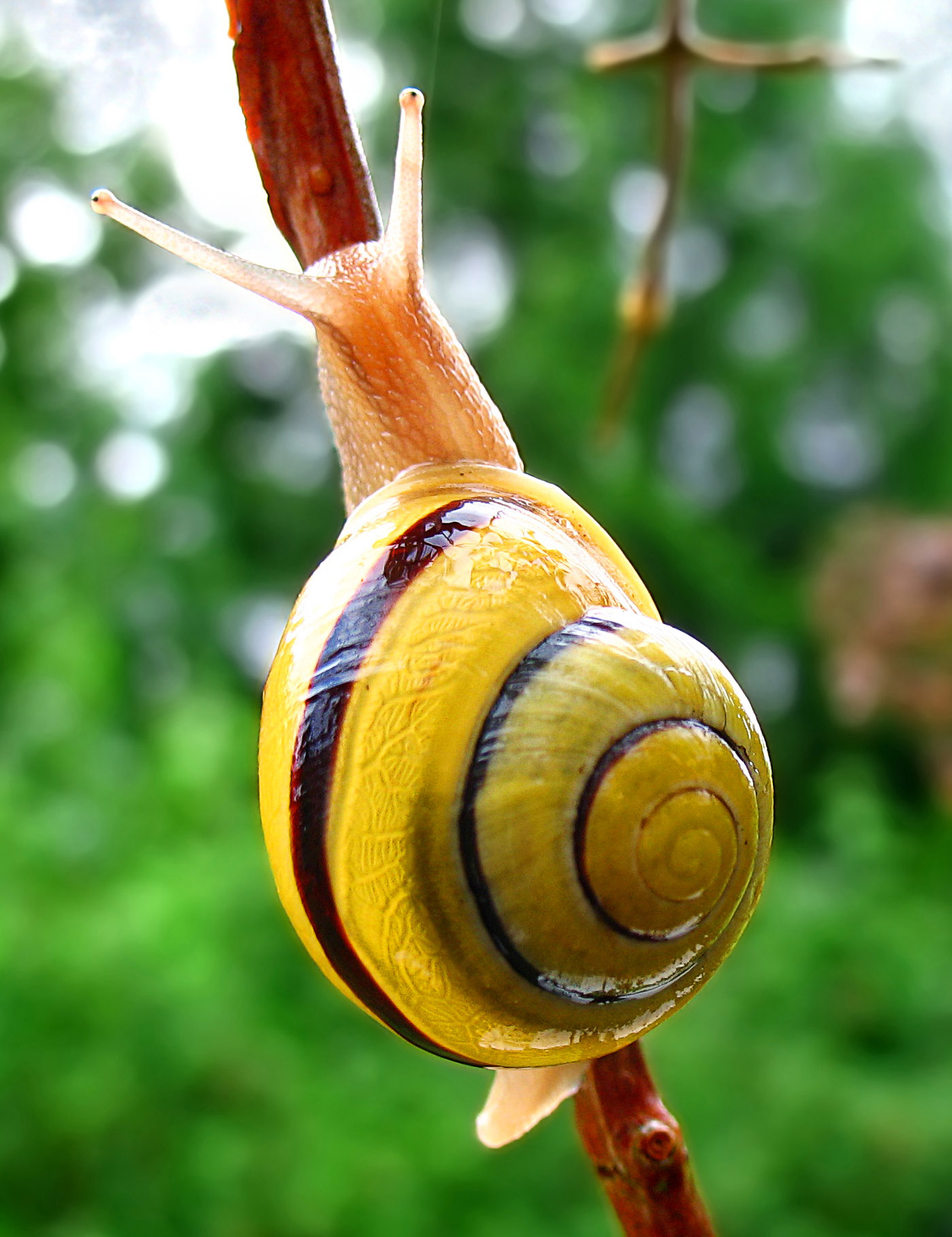|
Oestophora Ortizi
''Oestophora ortizi'' is a species of land snail A land snail is any of the numerous species of snail that live on land, as opposed to the sea snails and freshwater snails. ''Land snail'' is the common name for terrestrial gastropod mollusks that have shells (those without shells are known as ... in the family Trissexodontidae. It is endemic to Spain, where it is known only from Andalucia. This snail is generally found in oak woodland habitat on limestone substrates. It lives in dense vegetation, sometimes under rocks. References Trissexodontidae Gastropods described in 1991 Endemic fauna of Spain Taxonomy articles created by Polbot {{Trissexodontidae-stub ... [...More Info...] [...Related Items...] OR: [Wikipedia] [Google] [Baidu] |
Animalia
Animals are multicellular, eukaryotic organisms in the biological kingdom Animalia. With few exceptions, animals consume organic material, breathe oxygen, are able to move, can reproduce sexually, and go through an ontogenetic stage in which their body consists of a hollow sphere of cells, the blastula, during embryonic development. Over 1.5 million living animal species have been described—of which around 1 million are insects—but it has been estimated there are over 7 million animal species in total. Animals range in length from to . They have complex interactions with each other and their environments, forming intricate food webs. The scientific study of animals is known as zoology. Most living animal species are in Bilateria, a clade whose members have a bilaterally symmetric body plan. The Bilateria include the protostomes, containing animals such as nematodes, arthropods, flatworms, annelids and molluscs, and the deuterostomes, containing the echinode ... [...More Info...] [...Related Items...] OR: [Wikipedia] [Google] [Baidu] |
Trissexodontidae
Trissexodontidae is a family of air-breathing land snails, terrestrial pulmonate gastropod mollusks in the superfamily Helicoidea (according to the taxonomy of the Gastropoda by Bouchet & Rocroi, 2005). This family has no subfamilies. The family Trissexodontidae was separated out from the families Hygromiidae and Helicodontidae, and some authors still classify these species within those families. Distribution The distribution of Trissexodontidae includes the Iberian peninsula, northwest Africa, Azores, Canary Islands, Madeira and Cape Verde. Genera Genera within the family Trissexodontidae include: * '' Caracollina'' Beck, 1837Prieto C. E., Puente A. I, Altonaga K. & Gomez J. (1993). "Genital morphology of ''Caracolina lenticula'' (Michaud, 1831), with a new proposal of classification of helicodontoid genera (Pulmonata: Hygromioidea)". ''Malacologia'' 35(1)6377page 7374. * '' Gasullia'' Ortiz de Zárate López, 1962 * '' Gasulliella'' Gittenberger, 1980 - with only one speci ... [...More Info...] [...Related Items...] OR: [Wikipedia] [Google] [Baidu] |
Gastropods Described In 1991
The gastropods (), commonly known as snails and slugs, belong to a large taxonomic class of invertebrates within the phylum Mollusca called Gastropoda (). This class comprises snails and slugs from saltwater, from freshwater, and from land. There are many thousands of species of sea snails and slugs, as well as freshwater snails, freshwater limpets, and land snails and slugs. The class Gastropoda contains a vast total of named species, second only to the insects in overall number. The fossil history of this class goes back to the Late Cambrian. , 721 families of gastropods are known, of which 245 are extinct and appear only in the fossil record, while 476 are currently extant with or without a fossil record. Gastropoda (previously known as univalves and sometimes spelled "Gasteropoda") are a major part of the phylum Mollusca, and are the most highly diversified class in the phylum, with 65,000 to 80,000 living snail and slug species. The anatomy, behavior, feeding, a ... [...More Info...] [...Related Items...] OR: [Wikipedia] [Google] [Baidu] |
Andalucia
Andalusia (, ; es, Andalucía ) is the southernmost autonomous community in Peninsular Spain. It is the most populous and the second-largest autonomous community in the country. It is officially recognised as a "historical nationality". The territory is divided into eight provinces: Almería, Cádiz, Córdoba, Granada, Huelva, Jaén, Málaga, and Seville. Its capital city is Seville. The seat of the High Court of Justice of Andalusia is located in the city of Granada. Andalusia is located in the south of the Iberian Peninsula, in southwestern Europe, immediately south of the autonomous communities of Extremadura and Castilla-La Mancha; west of the autonomous community of Murcia and the Mediterranean Sea; east of Portugal and the Atlantic Ocean; and north of the Mediterranean Sea and the Strait of Gibraltar. Andalusia is the only European region with both Mediterranean and Atlantic coastlines. The small British Overseas Territories, British Overseas Territory of Gibraltar s ... [...More Info...] [...Related Items...] OR: [Wikipedia] [Google] [Baidu] |
List Of Non-marine Molluscs Of Spain
The non-marine molluscs of Spain are a part of the molluscan fauna of Spain. Non-marine molluscs of the Canary Islands are listed separately. There are more than 300 species of non-marine molluscs living in the wild in Spain. Freshwater gastropods Neritidae * ''Theodoxus fluviatilis'' (Linnaeus, 1758) Ampullariidae * ''Pomacea insularum'' (d'Orbigni, 1835) - Invasive species Viviparidae * ''Cipangopaludina chinensis'' (J. E. Gray, 1833) - Invasive species * ''Sinotaia quadrata'' (Benson, 1842) - Invasive species Melanopsidae * '' Melanopsis tricarinata dufouri'' * '' Melanopsis penchinati'' Bourguignat, 1868 * ''Melanopsis praemorsa'' (Linnaeus, 1758) Thiaridae * ''Melanoides tuberculata'' (O. F. Müller, 1774) - Invasive species Amnicolidae * '' Bythinella andorrensis andorrensis'' (Paladilhe, 1874) * '' Bythinella batalleri'' Bofill, 1925 - endemic to Spain **''Bythinella batalleri batalleri'' Bofill, 1925 - endemic to Spain **''Bythinella batalleri cuenca'' Boete ... [...More Info...] [...Related Items...] OR: [Wikipedia] [Google] [Baidu] |
Endemism
Endemism is the state of a species being found in a single defined geographic location, such as an island, state, nation, country or other defined zone; organisms that are indigenous to a place are not endemic to it if they are also found elsewhere. For example, the Cape sugarbird is found exclusively in southwestern South Africa and is therefore said to be ''endemic'' to that particular part of the world. An endemic species can be also be referred to as an ''endemism'' or in scientific literature as an ''endemite''. For example '' Cytisus aeolicus'' is an endemite of the Italian flora. '' Adzharia renschi'' was once believed to be an endemite of the Caucasus, but it was later discovered to be a non-indigenous species from South America belonging to a different genus. The extreme opposite of an endemic species is one with a cosmopolitan distribution, having a global or widespread range. A rare alternative term for a species that is endemic is "precinctive", which applies to ... [...More Info...] [...Related Items...] OR: [Wikipedia] [Google] [Baidu] |
Land Snail
A land snail is any of the numerous species of snail that live on land, as opposed to the sea snails and freshwater snails. ''Land snail'' is the common name for terrestrial gastropod mollusks that have shells (those without shells are known as slugs). However, it is not always easy to say which species are terrestrial, because some are more or less amphibious between land and fresh water, and others are relatively amphibious between land and salt water. Land snails are a polyphyletic group comprising at least ten independent evolutionary transitions to terrestrial life (the last common ancestor of all gastropods was marine). The majority of land snails are pulmonates that have a lung and breathe air. Most of the non-pulmonate land snails belong to lineages in the Caenogastropoda, and tend to have a gill and an operculum. The largest clade of land snails is the Cyclophoroidea, with more than 7,000 species. Many of these operculate land snails live in habitats or microhabitats ... [...More Info...] [...Related Items...] OR: [Wikipedia] [Google] [Baidu] |
Oestophora
''Oestophora'' is a genus of air-breathing land snail, a terrestrial gastropod mollusk in the family Trissexodontidae. Distribution The distribution of the genus ''Oestophora'' includes western Iberian peninsula, north Africa and the Azores. Description The shell is ribbed, with rounded or keeled whorls. The apertural margin is reflected and thickened. Reproductive system: There is no flagellum, no penial papilla. There is one small dart sac, one longer accessory sac separated from vaginal walls and vagina with 3 simple and long accessory (mucus) glands. The number of haploid chromosomes is 30.Prieto C. E., Puente A. I, Altonaga K. & Gomez J. (1993). "Genital morphology of ''Caracolina lenticula'' (Michaud, 1831), with a new proposal of classification of helicodontoid genera (Pulmonata: Hygromioidea)". '' Malacologia'' 35(1)6377page 7374. Species Species within the genus ''Oestophoa'' include: * '' Oestophora barbula'' (Rossmässler, 1838) [...More Info...] [...Related Items...] OR: [Wikipedia] [Google] [Baidu] |
Helicoidea
Helicoidea is a taxonomic superfamily of air-breathing land snails, terrestrial pulmonate gastropod mollusks in the clade Stylommatophora. Taxonomy 2005 taxonomy There are 19 families within the superfamily Helicoidea according to the taxonomy of the Gastropoda by Bouchet & Rocroi, 2005. * Helicidae * Bradybaenidae * Camaenidae * Cepolidae * Cochlicellidae * Elonidae * Epiphragmophoridae * Halolimnohelicidae * Helicodontidae * Helminthoglyptidae * Humboldtianidae * Hygromiidae * Monadeniidae * Pleurodontidae * Polygyridae * Sphincterochilidae * Thysanophoridae * Trissexodontidae * Xanthonychidae According to H. Nordsieck the family ''Xanthonychidae'' (sensu Hausdorf & Bouchet) is probably polyphyletic (contains several different lineages) and therefore should be divided into several families. 2012 taxonomy Thompson & Naranjo-García (2012) described a new family Echinichidae and placed it to the superfamily Xanthonychoidea.Thompson F. G. & Naranjo-García E. ( ... [...More Info...] [...Related Items...] OR: [Wikipedia] [Google] [Baidu] |
Mollusca
Mollusca is the second-largest phylum of invertebrate animals after the Arthropoda, the members of which are known as molluscs or mollusks (). Around 85,000 extant species of molluscs are recognized. The number of fossil species is estimated between 60,000 and 100,000 additional species. The proportion of undescribed species is very high. Many taxa remain poorly studied. Molluscs are the largest marine phylum, comprising about 23% of all the named marine organisms. Numerous molluscs also live in freshwater and terrestrial habitats. They are highly diverse, not just in size and anatomical structure, but also in behaviour and habitat. The phylum is typically divided into 7 or 8 taxonomic classes, of which two are entirely extinct. Cephalopod molluscs, such as squid, cuttlefish, and octopuses, are among the most neurologically advanced of all invertebrates—and either the giant squid or the colossal squid is the largest known invertebrate species. The gastropod ... [...More Info...] [...Related Items...] OR: [Wikipedia] [Google] [Baidu] |
Sigmurethra
Sigmurethra is a taxonomic category of air-breathing land snails and slugs, terrestrial pulmonate gastropod molluscs. This is an informal group which includes most land snails and slugs. The two strong synapomorphies of Sigmurethra are a long pedal gland placed beneath a membrane and retractile tentacles. Several families in this group contain species of snails and slugs that create love darts. Sigmurethra are known from the Cretaceous to the Recent periods. Taxonomy 2005 Taxonomy In the taxonomy of the Gastropoda by Bouchet & Rocroi, 2005, Sigmurethra is an "Informal Group", a subsection of the Stylommatophora.Bouchet P. & Rocroi J.-P. (Ed.); Frýda J., Hausdorf B., Ponder W., Valdés Á. & Warén A. 2005. ''Classification and nomenclator of gastropod families''. Malacologia: International Journal of Malacology, 47(1-2). ConchBooks: Hackenheim, Germany. . . 397 pp. http://www.vliz.be/Vmdcdata/imis2/ref.php?refid=78278 It consists of the following families: *Superfamily Claus ... [...More Info...] [...Related Items...] OR: [Wikipedia] [Google] [Baidu] |
Stylommatophora
Stylommatophora is an orderPhilippe Bouchet, Jean-Pierre Rocroi, Bernhard Hausdorf, Andrzej Kaim, Yasunori Kano, Alexander Nützel, Pavel Parkhaev, Michael Schrödl and Ellen E. Strong. 2017. Revised Classification, Nomenclator and Typification of Gastropod and Monoplacophoran Families'. Malacologia, 61(1-2): 1-526. of air-breathing land snails and slugs, terrestrial pulmonate gastropod molluscs. This taxon includes most land snails and slugs. The two strong synapomorphies of Stylommatophora are a long pedal gland placed beneath a membrane and two pairs of retractile tentacles (Dayrat & Tillier). Several families in this group contain species of snails and slugs that create love darts. Stylommatophora are known from the Cretaceous period up to the present day. Pek I., Vašíček Z., Roček Z., Hajn. V. & Mikuláš R. (1996). ''Základy zoopaleontologie''. Olomouc, 264 pp., . 2005 taxonomy According to the taxonomy of the Gastropoda by Bouchet & Rocroi (2005) based on ev ... [...More Info...] [...Related Items...] OR: [Wikipedia] [Google] [Baidu] |



.jpg)


